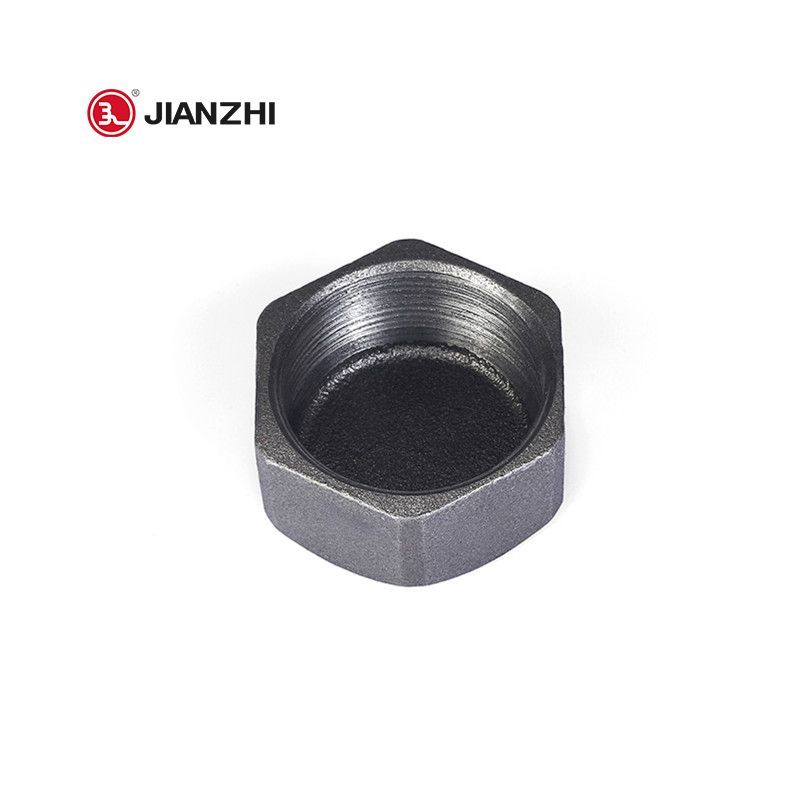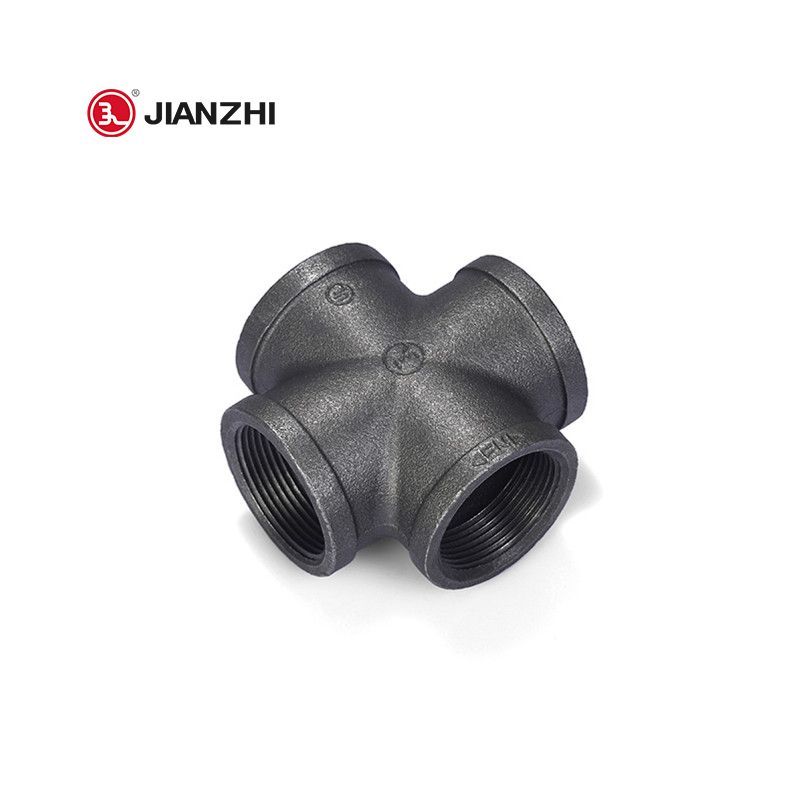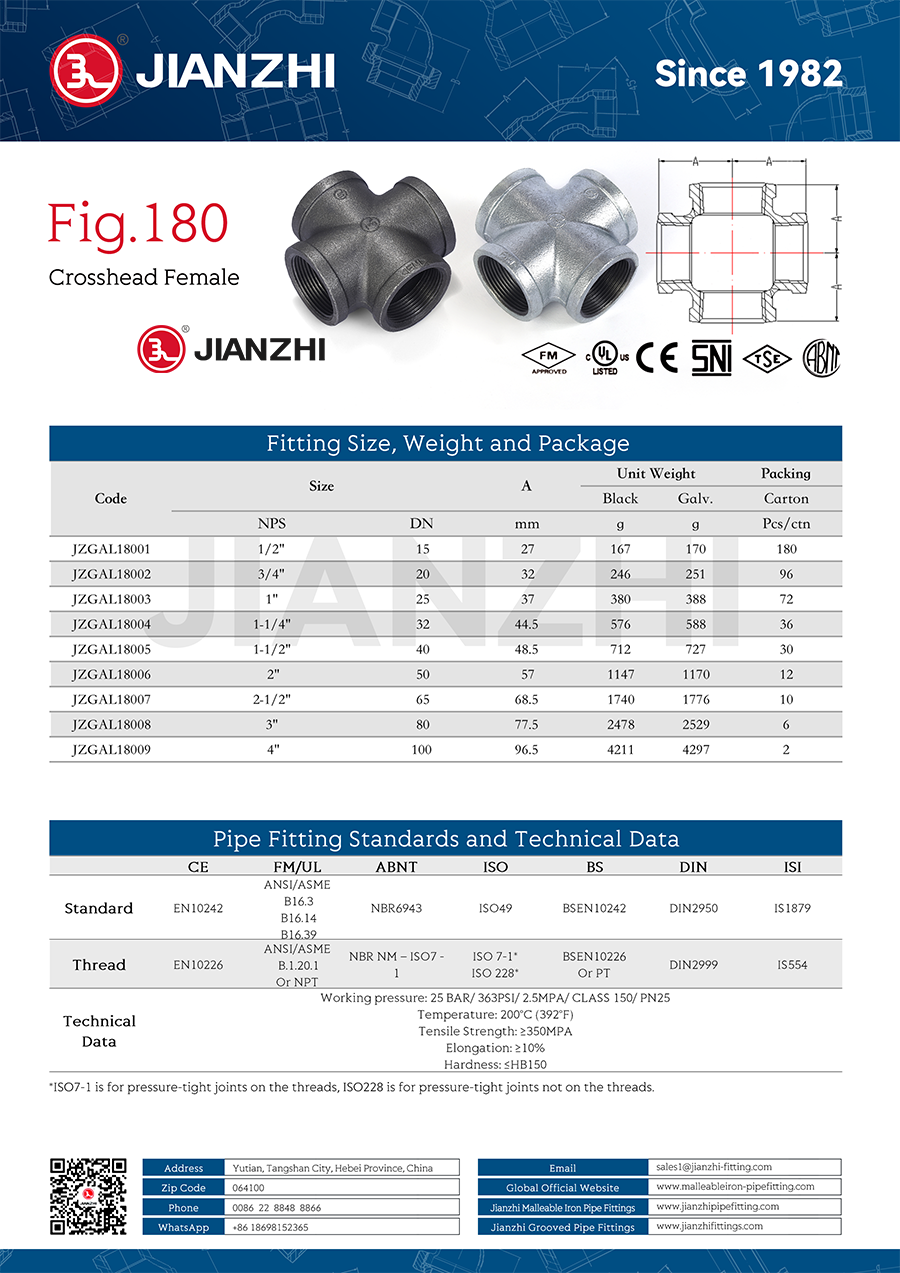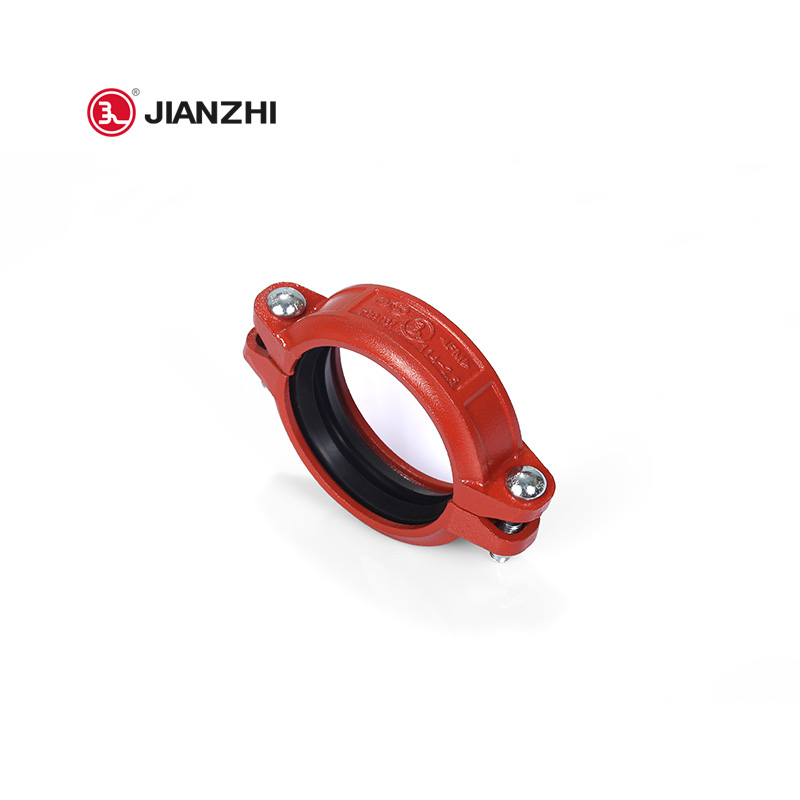
Turn off the water or gas supply
Before you begin the process of capping an iron pipe, you need to make sure that the water or gas supply to the pipe is turned off. This will prevent any accidents or injuries from occurring during the process.
Clean the pipe
Once you have turned off the water or gas supply, you need to clean the end of the iron pipe that you want to cap. Use a wire brush or sandpaper to remove any rust, debris, or paint from the surface of the pipe. This will ensure that the cap fits properly and creates a tight seal.
Measure the pipe
Before you purchase a cap, you need to measure the diameter of the pipe to ensure that you get the correct size. Use a tape measure or a pipe caliper to measure the diameter of the pipe. It's essential to get the correct size cap, as an improperly fitting cap can result in leaks or other issues.
Install the cap
Once you have the correct size cap, you can begin the process of installing it. Apply a thin layer of pipe dope or Teflon tape to the threads of the cap. This will create a seal between the cap and the pipe and prevent any leaks. Then, thread the cap onto the end of the pipe by hand until it is snug. Use a wrench to tighten the cap further, but be careful not to overtighten it as this can damage the threads or crack the cap.
Test the cap
After you have installed the cap, turn on the water or gas supply to the pipe and check for leaks. If you notice any leaks, turn off the water or gas supply and tighten the cap further. If the leaks persist, you may need to replace the cap.
In conclusion, capping an iron pipe is a relatively simple process that requires some basic tools and materials. By following the steps outlined in this article, you can successfully cap an iron pipe and prevent water or gas from flowing through it. Remember to turn off the water or gas supply before beginning the process, measure the pipe accurately, and test the cap for leaks once it is installed.
I believe that after reading this article you will have a comprehensive understanding of the pipe cap. Of course, these contents cannot be said to be comprehensive. If you want to know more, you can click here to enter our website. The official website of Jianzhi Group is a huge knowledge base of tube cap products. I believe you can learn more here.


